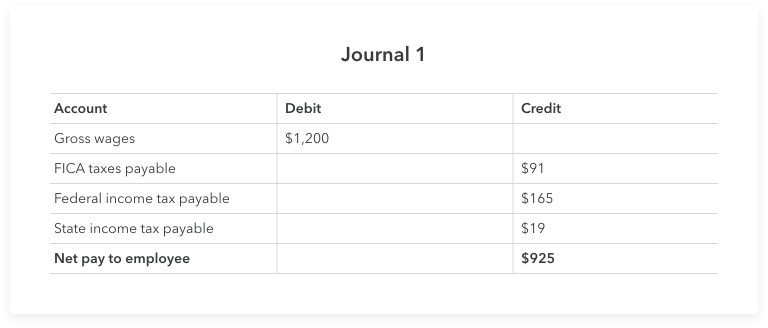Using an existing payroll service
Payroll accounting is complicated, so you might think to automate the process with the help of a payroll service or software. Many are business-owner-friendly, while others may be more for accountants. Here are four things to look for when selecting a payroll service:
1. Positive reviews and rankings. It’s a bit like asking for a referral from thousands of strangers. Be sure to look at the business’s page and their ranking on top-10 lists for payroll services. Some review sites compare services so that you can get the pros and cons of each. If you plan to manage payroll accounting yourself, keep an eye out for reviews that specifically say “easy to use.”
2. Multiple services in one. Some payroll providers offer supplemental services that go hand-in-hand with paying employees. QuickBooks, for instance, offers HR services, workers’ compensation insurance, and more by connecting business owners to partners. The result is one place where you can manage multiple services.
3. Industry-specific features. Depending on the type of work you do and your location, you may have to meet certain payroll requirements. Restaurant owners, for instance, need to ensure their tipped employees meet minimum-wage requirements. You may have employees who earn overtime at a rate of time-and-a-half or even double time. You may need a payroll service or payroll software—and likely even a time tracking software—to manage that.
4. Pricing that fits your budget. Shopping for payroll isn’t much different than shopping for a car. Once you know what features you want, you’re probably comparing price tags to make a decision. Here are some factors you’ll want to consider as you make your decision:
- Frequency—are you being charged by month or pay period?
- Additional costs—are things like W-2 forms or direct deposit included in your pricing?
- Surprise fees—what happens if you need to add or adjust something within employee payroll?
- Free trial period—how long do you have to try out the product?














